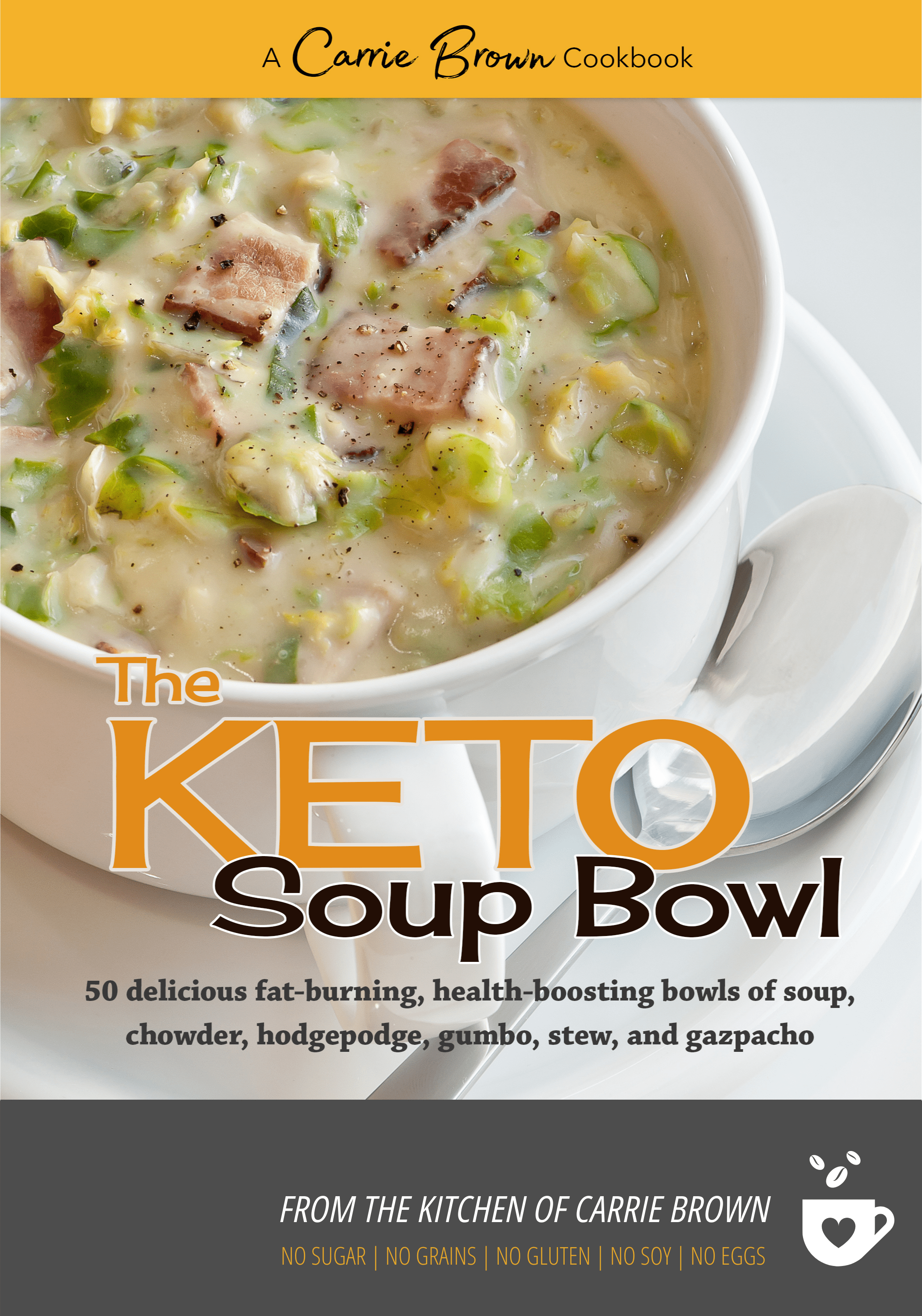Hello! Jennifer here, with some thoughts on the use of xylitol around our furry friends.
I see so many posts contain something like “what can I use in place of xylitol, I have dogs and don’t want to risk it?”.
In some recipes like Carrie’s Ice Cream, there is no substitute that gets the same fantastic result. You can certainly use a different sweetener, but the Ice Cream won’t be the right texture, and will freeze rock solid. In some recipes excluding the Ice Cream, you can substitute, and the recipe will tell you that. My hope is to help you better understand how Xylitol can effect your pet, how to safeguard them from ingestion and even give them something to look forward to while you enjoy a treat, as well as understand what to do should you believe they’ve ingested Xylitol. That said, let’s cover what Xylitol is, and why it’s harmful to Fido and Fluffy, but not you, and HOW to keep your pets safe so you can still enjoy Carrie’s amazing treats!
Xylitol, like Erythritol, sorbitol, and malitol, is a sugar alcohol. Sugar alcohols come from plant products such as fruits and berries. The carbohydrate in these plant products is altered through a chemical process. These are not well absorbed by the body, so they fall under the category of indigestible carbs and sugars.
I’m just going to cover Xylitol which tastes most like sugar, and Erythritol, or blends of these and other natural sweeteners like monk fruit, stevia, and Oligosaccharides. (Oligosaccharides are sweet prebiotic fibers, they can help stimulate beneficial bacteria in your gut, and help things like Erythritol “caramelize”). Erythritol, is NOT toxic to your pets, though it can cause some stomach discomfort if large amounts are ingested.
That said, let’s cover Xylitol. In both humans and dogs, the level of blood sugar is controlled by the release of insulin from the pancreas. Xylitol does not stimulate the release of insulin from the pancreas in humans and other primates. However, when NON PRIMATE species like dogs AND cats eat something containing xylitol, the xylitol is quickly absorbed into the bloodstream, resulting in a potent release of insulin from the pancreas. This rapid release of insulin causes a rapid and profound decrease in the level of blood sugar (hypoglycemia), an effect that occurs within 10-60 minutes of eating the xylitol. Untreated, this hypoglycemia can be life threatening.
Why do we always hear about dogs being poisoned by Xylitol, but rarely, if ever, cats? Does that mean it’s safe for cats? The big answer is a bit complicated, but the short answer is NO, it’s not safe for cats. Why don’t we hear about cats? Well, because cats, unlike dogs and other non carnivore mammals, don’t have taste receptors for “sweet”. Your ability to sense sweetness hinges on a gene called Tas1r2. If that gene becomes mutated, the taste receptors responsible for detecting sugars are switched off. Wild and domestic felines have this mutation, and show no preference for “sweet”, but in domestic, dogs this gene is hyper active (we’re not sure why), giving Fido a sweet tooth, and Fluffy no preference. Before you say that your cat is the exception to this rule, and just loves things like ice cream and cake, understand that what your cat is really attracted to are things like fat content, and ice cream and cake have significant fat, so it’s equally important to safeguard Fluffy as it is Fido. Although it’s unlikely your cat will ingest Xylitol without you giving it to them directly, it’s still best to take precautions when necessary.
So now, how do we safeguard our pets from Xylitol?
Well, much in the same way you safeguard them from things like chocolate, and raisins. We all know chocolate is poisonous to dogs, so we take precautions, we don’t let them lick our plate, we don’t let them around when a toddler, or anyone else, might drop a crumb of cake, or share a cookie.
We should take the same precautions when cooking with, storing, and eating Xylitol containing foods including many brands of chewing gum and peanut butter.
- Keep your Xylitol in an airtight container or jar, in a cupboard out of reach of pets and children.
- Put Fido or Fluffy in his/her kennel, or a comfortable room while baking or ice cream making.
- Training your dog not to eat anything without you telling them it’s okay is always a good idea, but doesn’t necessarily work 100% of the time.
- Eat your treats over a plate, even setting your ice cream bowl on a plate to catch drips.
- Have dog and cat friendly treats available to reward your pet for patiently waiting in his/her kennel or safe room.
- Remind guests and family members that sweet treats simply aren’t safe and to please not give them. I find my pets to be more relaxed and comfortable when in their cozy kennel or room when guests are visiting anyway. Pop in now and then to give a pet and favorite treat and they’ll soon look forward to their alone time during dinner parties etc.
How much Xylitol is poisonous, and what do you do if your pet eats it?
The dose of xylitol that can cause hypoglycemia in a dog is 50 milligrams per pound of body weight. The higher the dose ingested, the more the risk of liver failure. To put that into perspective, 1000 mg equals 1 gram, some brands of gum can contain 1 gram per piece, so one piece would be enough to cause hypoglycemia in a 20 pound dog.
If you have ANY Xylitol or Xylitol containing product in your home with pets, please have in your animal first aid kit, either corn syrup, or maple syrup. YES! I’m telling you now, if you have pets, and Xylitol in your home, you MUST have one of these syrups in your home as well. You don’t need much, so a small jar “borrowed” from a friend is plenty. If you know, or suspect your dog or cat has eaten Xylitol and there are no symptoms yet, call your veterinarian or one of the dedicated animal specific poison control hotlines immediately for advice on what to do and what to watch for.
If your pet is staggering, walking like they’re drunk, collapsing, having seizures, or vomiting, or just seem “out of it”, rub some corn syrup or maple syrup onto their gums. Use the back of a spoon if need be to avoid getting bitten. This is a TEMPORARY fix to try and raise their blood sugar and counteract the insulin released as a result of the xylitol. DO NOT pour the syrup into your pet’s mouth, you could make matters significantly worse by doing so.
Go immediately to your vet, or to your nearest Veterinary ER if your vet isn’t open or can’t get you in. Ideally call them while you’re on your way to let them know that you’re coming in and what’s wrong with your pet, that way they can be ready to initiate immediate treatment and evaluation upon your arrival. If you have any questions, please direct them in the comments. I hope this helps you feel comfortable with ways to have your treat and eat it too!
By Jennifer Lundeby
(Carrie: And here is a gratuitous picture of Mr. McHenry. Because there couldn’t be a post involving cats that didn’t involve him, somehow. Also, did you know he has his own Instagram account?! Click the pic to go there!)
















Linda PetersonHey Jennifer and Carrie…thank you so much for writing this post. I don’t use xylitol much any more and instead prefer allulose. Our dog is big enough that she can take food off the counter easily, so I haven’t wanted to risk xylitol with her. I appreciate you taking the time to explain what happens if in fact a pet ingests xylitol.
Jennifer LundebyYou’re so welcome Linda!
Dark Chocolate Espresso Cookies » The Real Carrie Brown[…] You can get the full scoop here. Bear in mind that xylitol can be poisonous to animals. Check out this post and then decide if xylitol is something you want on your […]